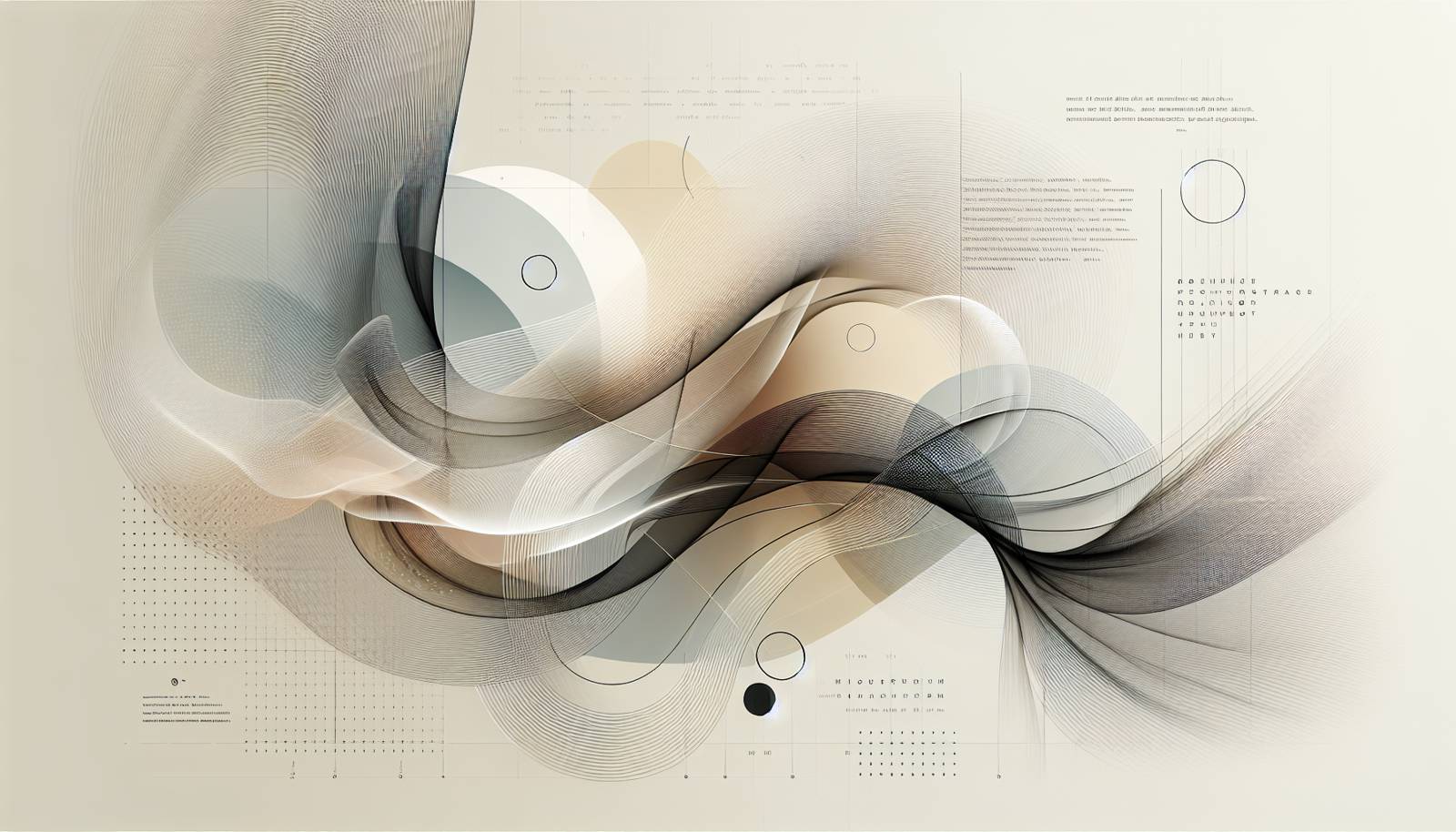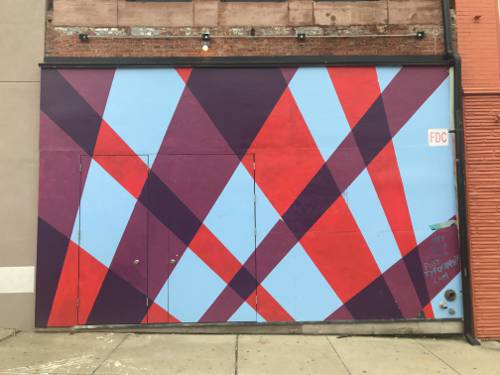
FAQ About The Influence of Typography in Cinematic Branding

What is cinematic branding in the context of typography?
Cinematic branding refers to the use of specific typographical styles and design elements in film marketing to create a distinctive identity for a movie. Typography plays a crucial role in this process by conveying the film's tone, genre, and personality through its titles, posters, and promotional materials. The typeface used can influence viewers' perceptions and memory of the film, essentially becoming part of the movie's brand.

How does typography influence audience perception in film marketing?
Typography can significantly affect audience perception by establishing mood and tone before the audience even watches the film. A horror movie might use sharp, jagged fonts to evoke a sense of fear, while a romantic comedy might use soft, curly fonts to suggest lightheartedness. The visual style of the typography can set expectations and emotions, subtly influencing how viewers anticipate the movie experience will be.

Can you give an example of a film with iconic typography that contributed to its branding?
A classic example is the use of the Futura typeface in Stanley Kubrick's film "2001: A Space Odyssey." The font's clean, modern design complemented the film's futuristic theme and became an iconic part of its visual identity. Kubrick's choice of typography contributed to audience perceptions of the movie as a groundbreaking and visionary piece of cinema.

What role does typography play in the creation of a movie poster?
Typography is a fundamental element in movie posters as it helps communicate essential information like the film’s title, tagline, and release date while reflecting the film’s genre and mood. A well-chosen typeface grabs viewers’ attention and reinforces the thematic elements of the poster, making it a strong promotional tool that aligns with the overall branding strategy.

Why is consistency in typography important in cinematic branding?
Consistency in typography helps create a cohesive and easily recognizable brand for a film. Using a consistent typeface across all promotional materials, such as trailers, posters, and merchandise, ensures that the film maintains a unified identity. This consistency aids in strengthening the audience's association with the film, making it easier to market and remember.

How do filmmakers choose typography for a film's branding?
Filmmakers typically collaborate with graphic designers and marketing teams to choose a typeface that reflects the film's genre, tone, and target audience. The selection process involves considering the aesthetics of the typeface, its readability, and how well it complements the film's visual and narrative elements. The goal is to select typography that enhances the overall appeal and identity of the film.

What are some common typography trends in cinematic branding?
Common trends in cinematic branding include the use of bold and clean sans-serif fonts for action and thriller movies, vintage or retro fonts for period pieces, and whimsical script fonts for romantic comedies. Minimalist typography is often favored for its modern appeal, while elaborate typefaces might be used to convey fantasy or historical settings. These trends are continually evolving as designers push creative boundaries.

Does the typography used in a film's branding always reflect the film's genre?
While typography often reflects a film's genre, it is not a strict rule and can sometimes contrast with it for creative effect. For instance, a horror film might employ an unexpectedly minimalist typeface to intrigue viewers or subvert expectations. However, misalignment between typography and genre can lead to confusion or misinterpretation, so careful consideration is generally applied.

How has digital technology influenced typography in cinematic branding?
Digital technology has vastly expanded the possibilities for typography in cinematic branding, allowing for more intricate and dynamic designs. Advanced graphics software enables designers to create custom typefaces and apply innovative effects, such as 3D renders and animations. This capability has enriched the visual storytelling tools available in film marketing, leading to more engaging and memorable movie branding.

In what ways can typography become part of a film's cultural impact?
Typography can become part of a film's cultural impact by becoming strongly associated with the film's identity. For instance, the typography used in the "Star Wars" opening crawl—famously created in a bold, sans-serif font—has become iconic and is instantly recognizable worldwide, contributing to the film's enduring legacy. Such effective use of typography embeds itself in popular culture, strengthening the film's influence beyond its storyline.

How do typography choices in film marketing differ between blockbusters and indie films?
Blockbuster films often use bold and easily recognizable typography to attract a wide audience, emphasizing clarity and straightforwardness. Indie films, on the other hand, might experiment with more artistic or unconventional typography choices to reflect a unique or niche appeal. The typography in indie films tends to focus on conveying deeper aesthetic messaging, aligning more closely with the film’s artistic vision.

What are some common mistakes to avoid with typography in cinematic branding?
Common mistakes include using fonts that are difficult to read or that clash with the film’s genre and theme. Overusing complex or decorative fonts can also distract from the content rather than enhance it. Additionally, inconsistency in typography across different marketing materials can dilute a film's branding, making it less effective. It's crucial to balance creativity with clarity and cohesion.

How can typography enhance a film's storytelling in its branding?
Typography can enhance a film's storytelling by visually echoing its themes and emotions. Through style, color, and placement, typography contributes an additional layer of narrative to promotional materials, guiding viewers' interpretations and feelings before they've even seen the movie. A carefully crafted typographic design can suggest plot nuances, hint at character dynamics, or reinforce the atmosphere of a film.

What impact does the color of typography have in cinematic branding?
The color of typography is critical as it can evoke different emotions and responses from the audience. Bright and bold colors might be used to grab attention and convey excitement or urgency, while muted or darker tones can suggest mystery or seriousness. The choice of color in typography helps to support or contrast the thematic elements of the film, playing a role in shaping audience expectations.

Are there any famous typographers known for their work in film branding?
Some typographers and designers have gained fame for their work in film branding. For instance, Saul Bass, known for his distinct title sequences and posters for movies like "Vertigo" and "The Man with the Golden Arm," has left a lasting impact on cinematic typography. Today, designers like Annie Atkins, renowned for her work on "The Grand Budapest Hotel," continue to influence the intersection of typography and film.

Why might a filmmaker choose a custom typeface for their movie?
A filmmaker might choose a custom typeface to create a unique and proprietary visual identity that sets the movie apart from others. Custom typography can precisely align with the film's themes and aesthetics, offering a distinctive look that cannot be replicated. This bespoke approach can enhance branding by making the typeface synonymous with the film’s identity in the audience's mind.

How does typography tie into a film's overall visual marketing strategy?
Typography is a key component in a film's visual marketing strategy as it helps convey crucial information, establish aesthetic consistency, and engage the audience emotionally. It ties into other elements like color schemes, imagery, and layout to form a cohesive marketing message. An effective visual strategy uses typography to harmonize with the narrative and thematic elements of the film.

What challenges do designers face when creating typography for cinematic branding?
Designers face several challenges, including balancing creativity with readability, aligning typography with the film's genre, and ensuring the design stands out in a crowded marketing landscape. They also need to consider scalability for various formats, such as posters and online ads, and adapt typography to align with cross-cultural differences if a film targets international audiences.

How can typography be used to evoke nostalgia in film branding?
Typography can evoke nostalgia by utilizing vintage or retro fonts that harken back to a specific era, aligning with the thematic content of a film that deals with past times or retro aesthetics. This approach may trigger emotional connections and memories in the audience, effectively drawing them into the storyline's setting and enhancing their engagement with the movie before they even see it.

How has the role of typography in film branding evolved over the years?
The role of typography in film branding has evolved from traditional print-based advertising to dynamic digital and multimedia applications. While classic typographic styles remain influential, the increased use of digital platforms and social media has prompted designers to create more interactive and animated typefaces. This evolution reflects broader changes in how audiences consume media and interact with promotional content, demanding more innovative and versatile typography solutions.
